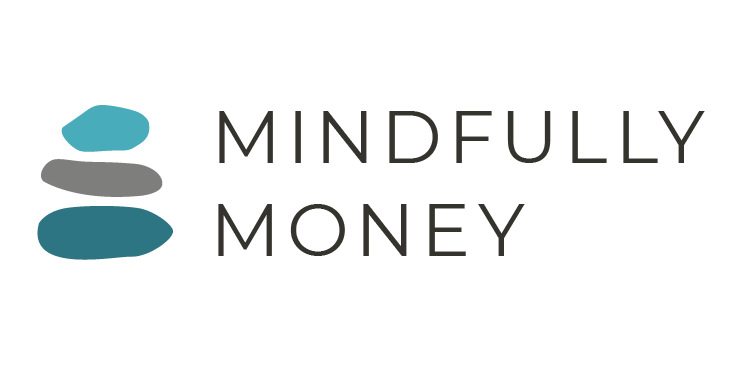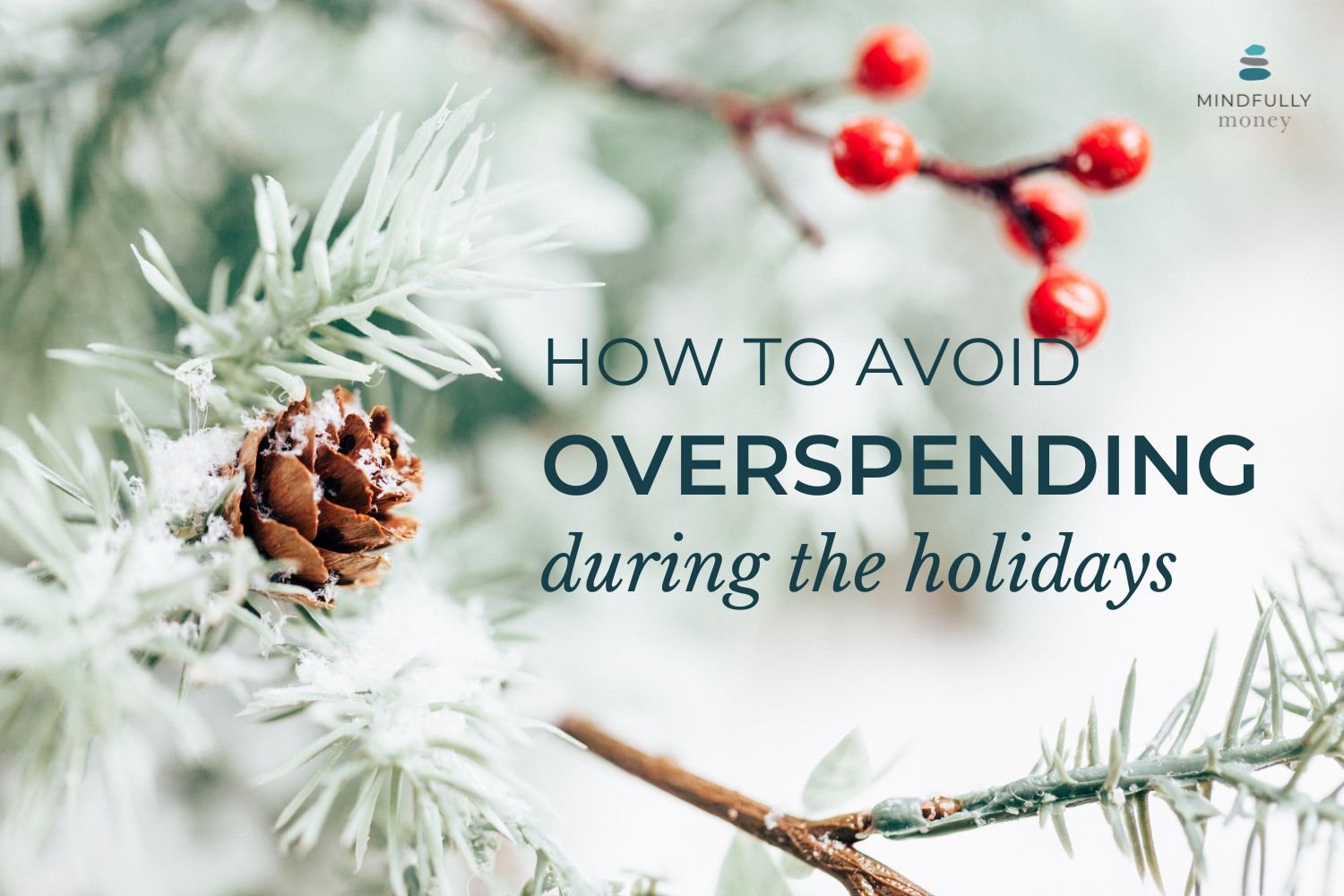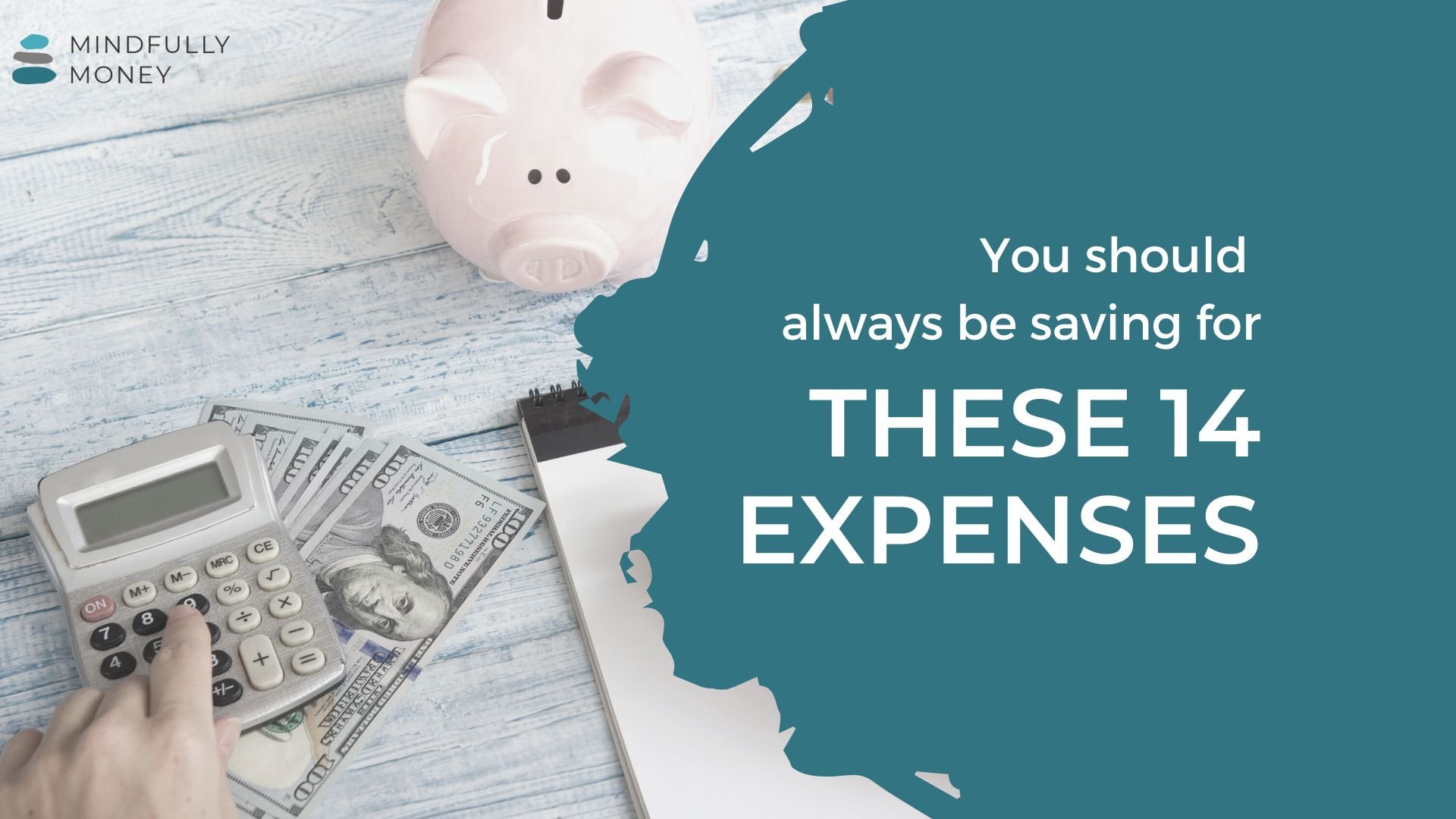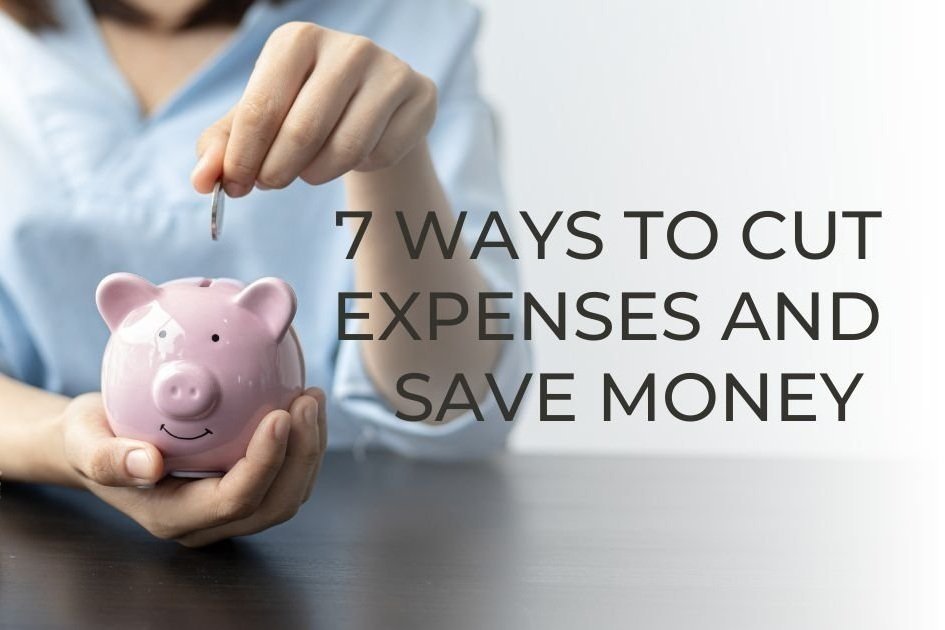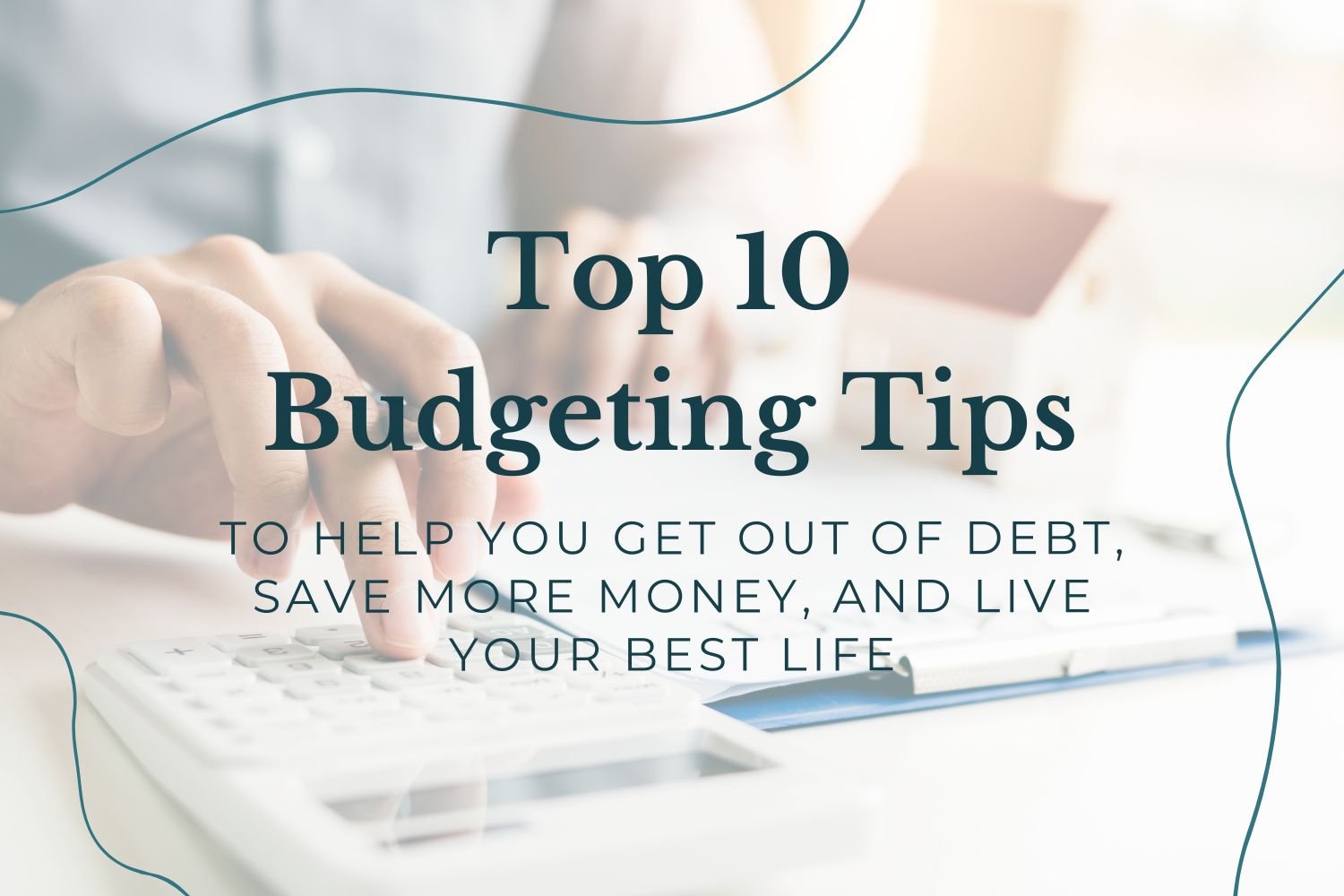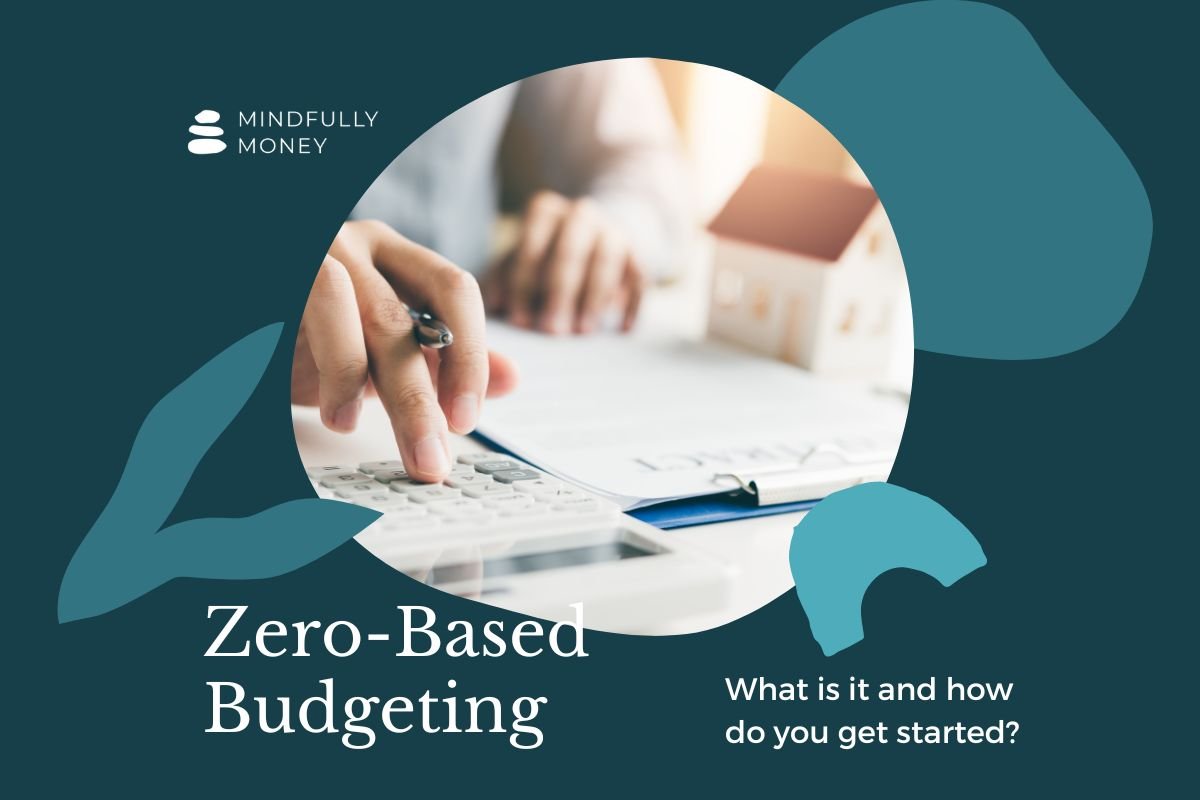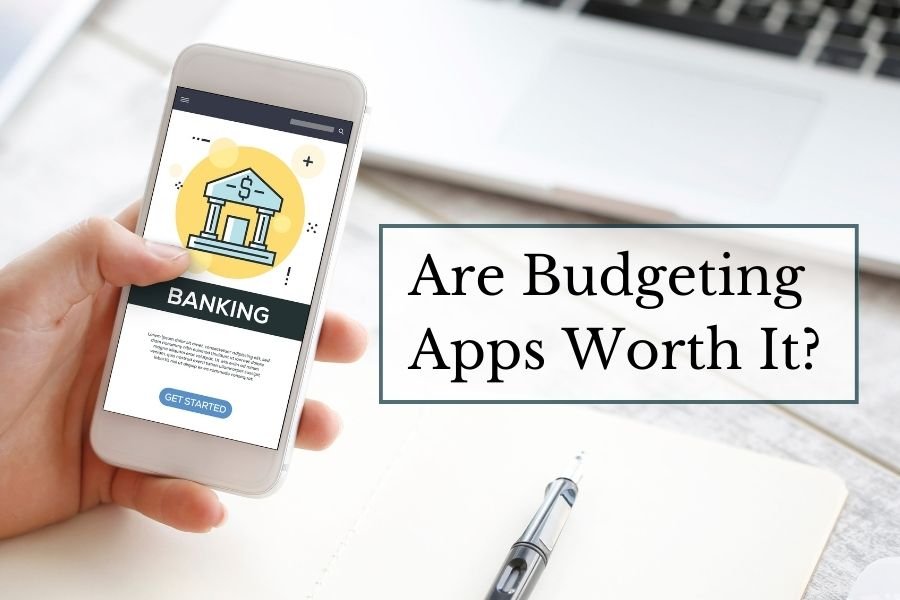Find the budgeting method that’s right for you!
These budgeting methods are the results of the Budgeting Method Quiz. If you haven’t already, take the quiz to find out which method might be the best for you. Remember that budgeting methods have many variations and can be easily changed, adapted, or combined to meet your needs.
The Budgeting Methods
Click on the + to expand each section and learn more about each method.
-
The Intentional Money Plan is a system that prioritizes savings and aligns your money with your values.
It is a system for people who want more control over their finances, but want an easy system that gives them flexibility and does not require tedious tracking, arbitrary limits, or meaningless categories.
Essentially, you divide your income into four categories: wealth building, bills and debt payments, future expenses, and everyday spending.
You figure out how much you need in the first three categories and set that money aside. Then you can take what's left and spend it as you'd like.
The Intentional Money Plan automates much of your finances so that you can spend less time thinking about money and more time focused on living your life.
-
Zero-based budgeting is a system of deciding in advance how you will spend each dollar that comes in. You can put it toward bills, fun spending, savings, debt payments, etc, but every dollar must go somewhere. There is no money “left over” at the end of the month.
This method is ideal for those who want to limit spending, get out of debt, increase their savings, and start getting ahead. Those using a zero-based budget often find that they can finally make progress on their goals by being a lot more intentional with their money.
Zero-based budgeting can work for anyone, but it is especially ideal for those who are struggling with overspending and keeping track of how much money they have available to spend.
The popular budgeting apps YNAB and EveryDollar are based on zero-based budgeting, but if an app is not for you, it can also be done with a spreadsheet or even pen and paper.
Click here to learn more about Zero-Based Budgeting
-
The Cash Envelope Method, also known as Cash Stuffing on TikTok, involves using physical envelopes to allocate cash for various spending categories.
To do a cash budget, you take your income, pay your bills, and take the remaining money out in cash. You divide the cash up into categories such as groceries, eating out, fun, etc.
Once the envelope is empty, you can't spend any more on that category until the next budgeting period.
This method works best for those looking for a tangible and easy way to manage money and restrict their spending. It is particularly good for those who have struggled with overspending on credit cards and want to get out of debt.
-
This budgeting rule suggests allocating 50% of your income to essential expenses (e.g., rent, utilities, groceries), 30% to discretionary spending (e.g., dining out, entertainment), and 20% to savings and debt repayment.
This is just one example of a percentage based budget where you divide your income into categories based on percentage.
The 50/30/20 budgeting rule is less a system for managing money and more of a guideline that helps you ensure you save enouhttps://www.mindfullymoney.com/blog/50-30-20-budgetgh while still having flexibility in your spending.
Click here to learn more about the 50/30/20 Budget
Get more help with your budget!
Would you like someone to help you set up a personalized budget that works for you? A financial coach can work with you to analyze your current financial situation, identify your goals and values, and create a custom money plan that helps you live your best life!
